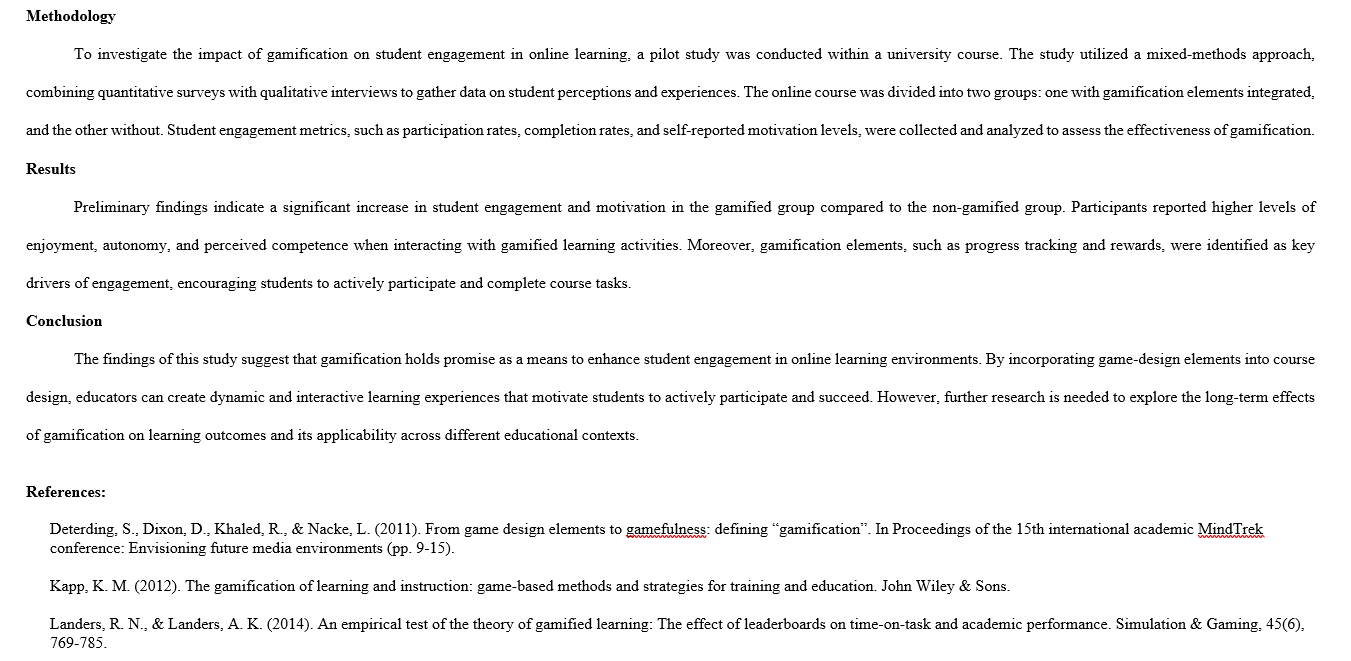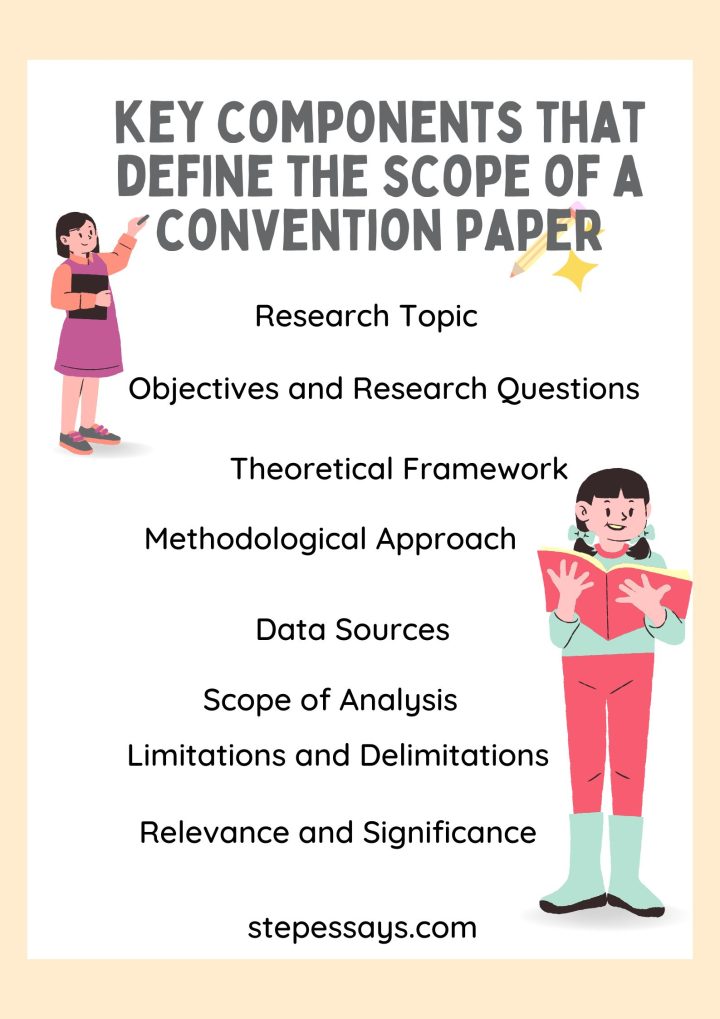Introduction:
Conventions serve as invaluable platforms for researchers, academics, and professionals to exchange ideas, present findings, and engage in scholarly discourse. Central to the success of any convention is the quality of papers presented. A well-written convention paper not only showcases the author’s research prowess but also contributes significantly to the collective knowledge of the field. However, crafting such a paper requires thorough planning, attention to detail, and adherence to established conventions of academic writing. In this guide, we will look into the essential elements and strategies for writing a perfect convention paper, ensuring that your work stands out amidst the myriad of submissions.

Convention paper
Understanding the Purpose of Convention paper :
Conducting Thorough Research:
Structuring Your Convention paper:

Structuring Your Convention paper
A well-structured paper enhances readability and facilitates comprehension for the audience. Typically, convention papers follow a standard structure comprising of:
Title
Abstract
Introduction
Literature Review
Methodology
Results
Discussion
Conclusion
References
Writing Style and Language:
Clarity and precision are paramount when writing a convention paper. Use clear, concise language to convey your ideas effectively. Avoid jargon or overly technical language that may obscure your message. Ensure consistency in terminology and maintain a formal tone throughout the paper. Additionally, pay attention to grammar, punctuation, and syntax to enhance the readability of your writing.
Crafting a Compelling Introduction:
The introduction sets the stage for your paper and should captivate the reader’s attention from the outset. Begin with a compelling opening statement or anecdote to stimulate interest. Provide background information on the topic, highlight its significance, and clearly articulate the research question or hypothesis. Finally, outline the structure of your paper to guide the reader through the subsequent sections.
Conducting Rigorous Data Analysis:
If your paper involves empirical research, it is essential to conduct rigorous data analysis to derive meaningful insights. Choose appropriate analytical techniques based on the nature of your data and research objectives. Present your findings using tables, charts, or graphs to enhance clarity and visual appeal. Interpret the results in the context of your research question and theoretical framework, highlighting their implications and significance.
Engaging in Critical Discussion:
The discussion section provides an opportunity to critically analyze your findings, explore their significance, and contextualize them within the broader literature. Interpret the results in light of your research objectives, hypotheses, and theoretical framework. Discuss any unexpected findings or limitations of the study and propose avenues for future research. Engage with existing literature, comparing and contrasting your findings with previous studies to demonstrate the novelty and relevance of your work.
Concluding with Impact:
The conclusion serves as the final impression of your paper and should leave a lasting impact on the reader. Summarize the key findings and contributions of your study, emphasizing their significance in advancing the field. Discuss the practical implications of your research and suggest potential applications or areas for further investigation. Avoid introducing new information in the conclusion and strive to leave the reader with a sense of closure and satisfaction.
Revising and Editing your Convention paper:
Once you have completed the initial draft of your paper, allocate sufficient time for revision and editing. Review the paper for coherence, clarity, and logical flow of ideas. Ensure that each section fulfills its intended purpose and contributes to the overall coherence of the paper. Pay attention to transitions between paragraphs and sections to maintain a smooth narrative flow. Proofread the paper thoroughly for grammatical errors, typos, and formatting inconsistencies. Consider seeking feedback from colleagues, mentors, or peers to gain fresh perspectives and identify areas for improvement.
Adhering to Formatting Guidelines:
Finally, ensure that your paper adheres to the formatting guidelines specified by the convention organizers. Pay attention to font size, margins, line spacing, and citation style to ensure consistency and professionalism. Verify that all tables, figures, and references are properly formatted and labeled according to the conventions of academic writing. Submit your paper well before the deadline to allow ample time for any necessary revisions or modifications.
Frequently Asked Questions
How to write an introduction for your convention paper
Revising and Editing Convention Paper
How annotated bibliography is different from conventional essay
An Example of a Convention Paper



